As in past years, Lydia’s Flexitarian Kitchen is participating in the annual Lenten Carbon Fast. This year’s theme is food waste. Find the other posts here: 2015 2014 2013
Last week we began a discussion about food waste and its associated costs. A vintage poster dating from the First World War is the source of some good advice. This week we’re going to explore the first point from today’s perspective:

When you buy food with thought you avoid making impulse purchases that languish in the fridge. You avoid buying more than you can easily store or consume in a reasonable amount of time. In addition, you’ll find yourself making purchases which fit your values and turning away from mindless consumption. Here are a few suggestions to help you get started.
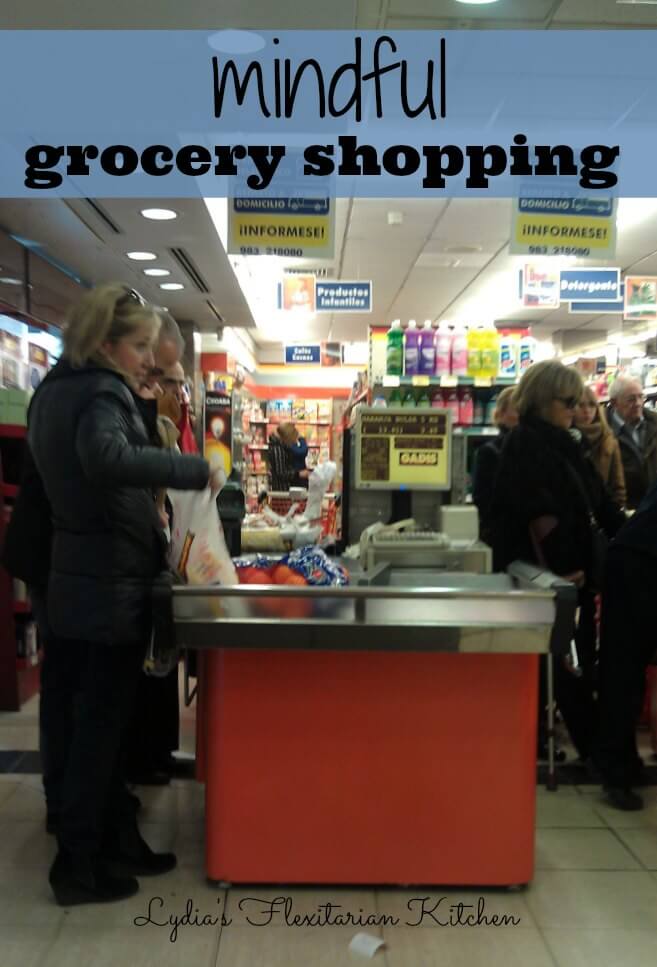
Figure out your ideal purchasing interval
I remember once getting behind a lady at the grocery store. She had three carts. Turns out she shopped on a monthly basis. She had a freezer and liked to make her own jams, jellies and pickles. We had a nice chat during the nearly 30 minutes it took to check her out.
For most of my working life I shopped every week because that was how I was paid. I rarely had a plan other than to have something to eat in the house. In between I’d have to pop over to the store because I needed something. Needless to say, I have thrown out many bags of soggy spinach and boiled my share of freezer burnt chicken breasts to feed to the dog. I’ve also had to discard packaged goods that I’d bought and were still unopened a year later (d’oh!).
Whether you shop once a month, once a week, or every day you should have a plan for making sure you are able to consume the food you buy, including possible leftovers. For some that will mean using a menu plan. For others it means having a set of go-to recipes and keeping the staples on hand. This is the approach Rick and I take.
Shop your fridge, freezer and pantry first!
Even if you don’t have a formal plan, you’ll need to have a vague idea of some meals you’d like to have in between trips to the grocery. Make note of items you already have on hand and plan a few meals, then supplement when you go shopping. This will help you avoid doing things like buying a five pound bag of potatoes when there’s already a bag in the pantry, or finding several packs of pork chops in the freezer and no chicken. If you have time while you’re in the freezer and pantry take note of older items that are nearing the end of their shelf life and bump those items up in priority.
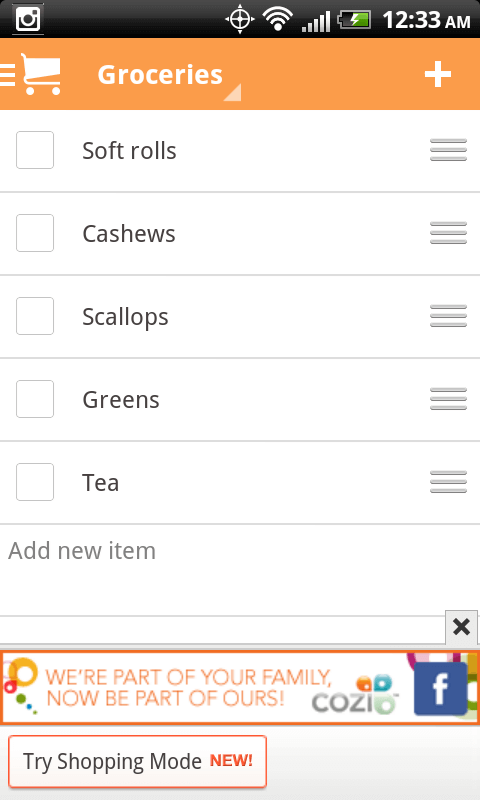
Make a list
For me, going to the store without a list nearly always ends in failure. Either I forget to purchase something or I’ll end up wandering the store in a very inefficient manner. How you organize your list is up to you but I try to group like items together for example baking, vegetables, meat, dairy, cleaning supplies, etc. When I organize in that way it doesn’t matter how the store is laid out or if I shop in multiple stores or markets because I can easily check my list depending on the section I’m end. Nowadays I have an app on my phone to create my list. It’s called COZI and there’s a free version. You can see a sample in the screenshot above, read more about it on Amazon (affiliate link) or search for it in your device’s download area. [COZI also has a shareable calendar as well as journaling capabilities. It’s a great tool for organizing your household.]
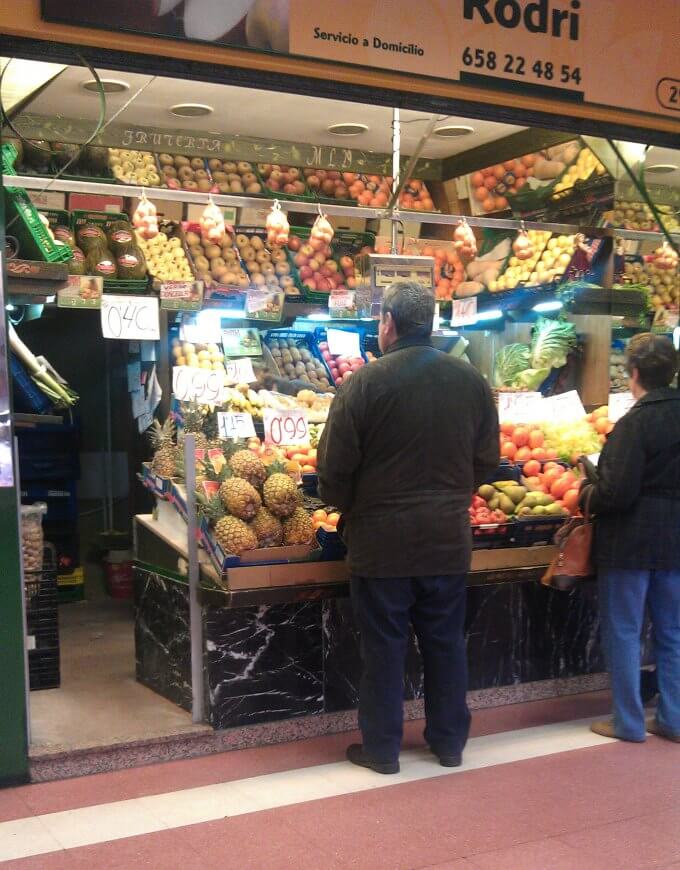
With list in hand, make your purchases
When in the store, I tend to work my way around the outside where the fresh food is usually displayed. Then I’ll hit the packaged food area. The list helps to keep me on track and focused. I have a couple reusable bags I bring with me. Just about everyone here carries their own bags and many shoppers have a trolley to transport their purchases. A trolley is especially convenient when you have to make several stops.
How much of a particular item do you really need to buy? This is often my downfall when purchasing fresh produce. Since discovering smoothies I waste less but I still find myself over buying, especially when the food looks so appealing (hello, five pack of avocados!). While you save money up front buying in bulk if you end up throwing food away because it isn’t eaten quickly enough, you lose the savings.
Read labels and research brands to determine if a product fits your family’s values, however you define them. For example: Is the product organic? Does it contain ingredients we want to avoid? Does the company follow sustainable business practices? If the product is imported, is a similar product manufactured locally? Are the producers treated equitably? How about the packaging, is it recyclable? The same applies if you buy from local farmers and producers. How are the workers treated? The animals? Other vendors and customers? Is the quality what you’d expect?

Every dollar spent is more or less a vote of approval and we are not obligated to spend our money in support of questionable business practices, ingredients that may be poisoning us or marketing practices that encourage us to buy more than we can use.
Once you develop a consistent plan of action, mindful grocery shopping will save time and money. It will support your family’s values and in the long run reduce the amount of packaging and food waste coming from your kitchen. You may even find yourself applying the same principles to other parts of your life.
Other reading:
Coping With Contagious Affluenza: Mindful Consumption
Ten Trends in Mindful Consumption

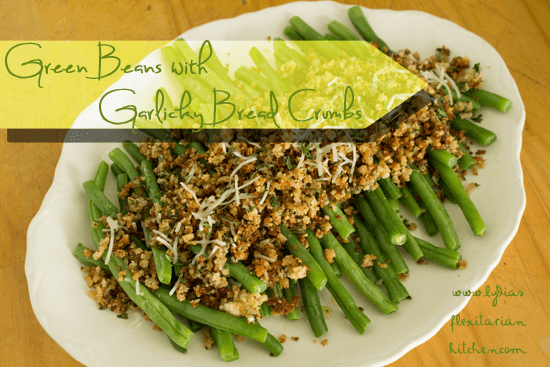
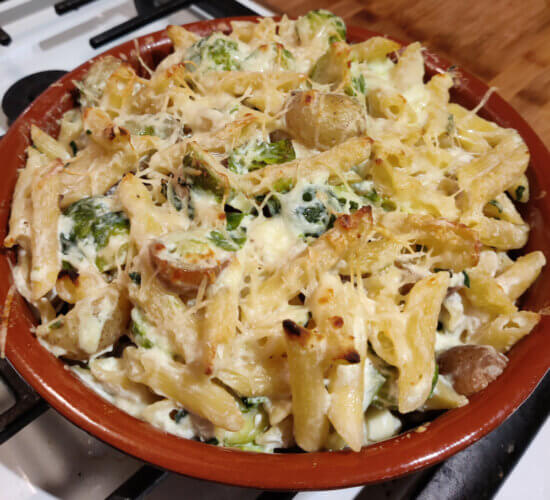
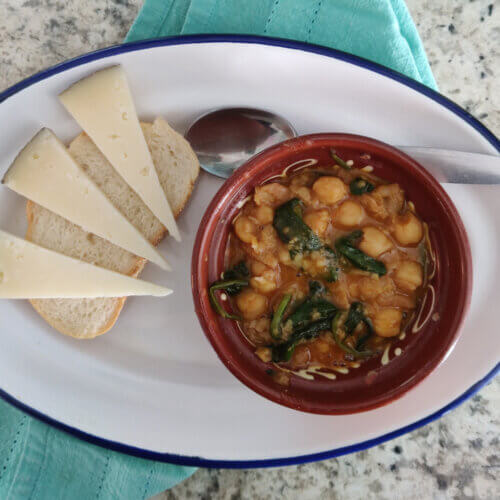
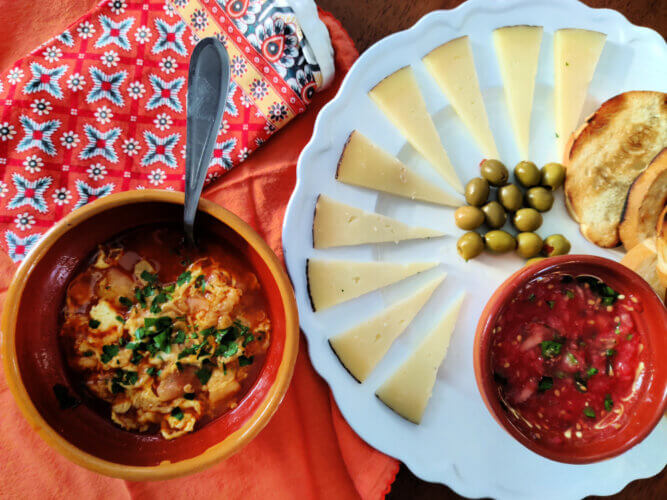
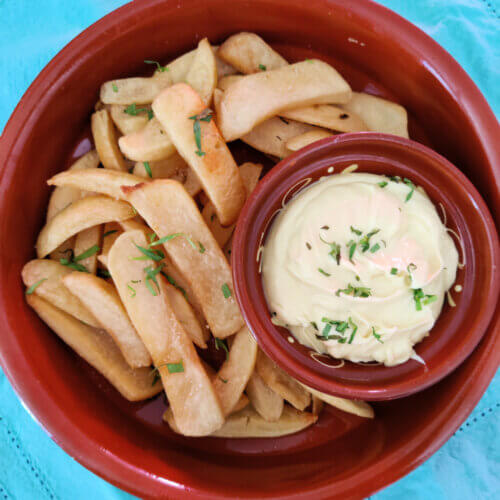
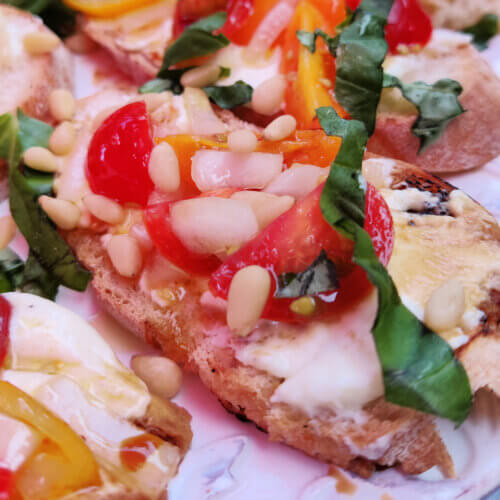
[…] Mindful Grocery Shopping […]